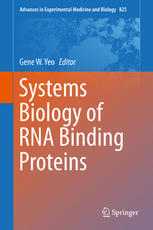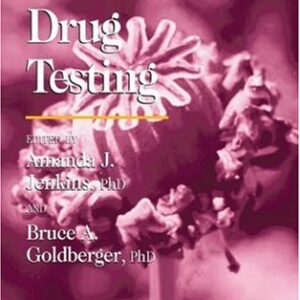After transcription in the nucleus, RNA binding proteins (RBPs) recognize cis-regulatory RNA elements within pre-mRNA sequence to form mRNA-protein (mRNP) complexes. Similarly to DNA binding proteins such as transcription factors that regulate gene expression by binding to DNA elements in the promoters of genes, RBPs regulate the fate of target RNAs by interacting with specific sequences or RNA secondary structural features within the transcribed RNA molecule. The set of functional RNA elements recognized by RBPs within target RNAs and which control the temporal, functional and spatial dynamics of the target RNA define a putative ?mRNP code?. These cis-regulatory RNA elements can be found in the 5? and 3? untranslated regions (UTRs), introns, and exons of all protein-coding genes. RNA elements in 5? and 3? UTRs are frequently involved in targeting RNA to specific cellular compartments, affecting 3? end formation, controlling RNA stability and regulating mRNA translation. RNA elements in introns and exons are known to function as splicing enhancers or silencers during the splicing process from pre-mRNA to mature mRNA.
This book provides case studies of RNA binding proteins that regulate aspects of RNA processing that are important for fundamental understanding of diseases and development. Chapters include systems-level perspectives, mechanistic insights into RNA processing and RNA Binding proteins in genetic variation, development and disease. The content focuses on systems biology and genomics of RNA Binding proteins and their relation to human diseases.






Reviews
There are no reviews yet.